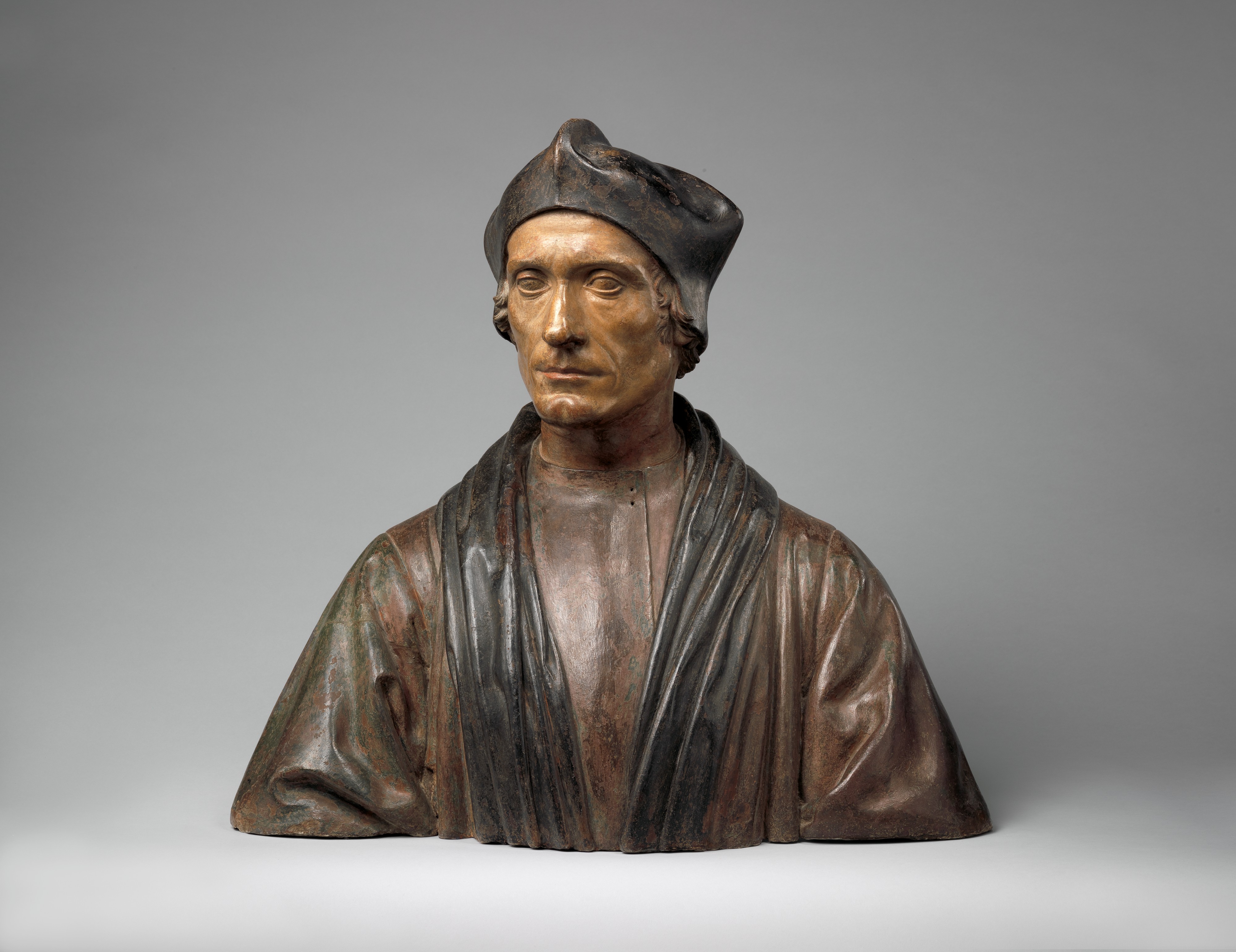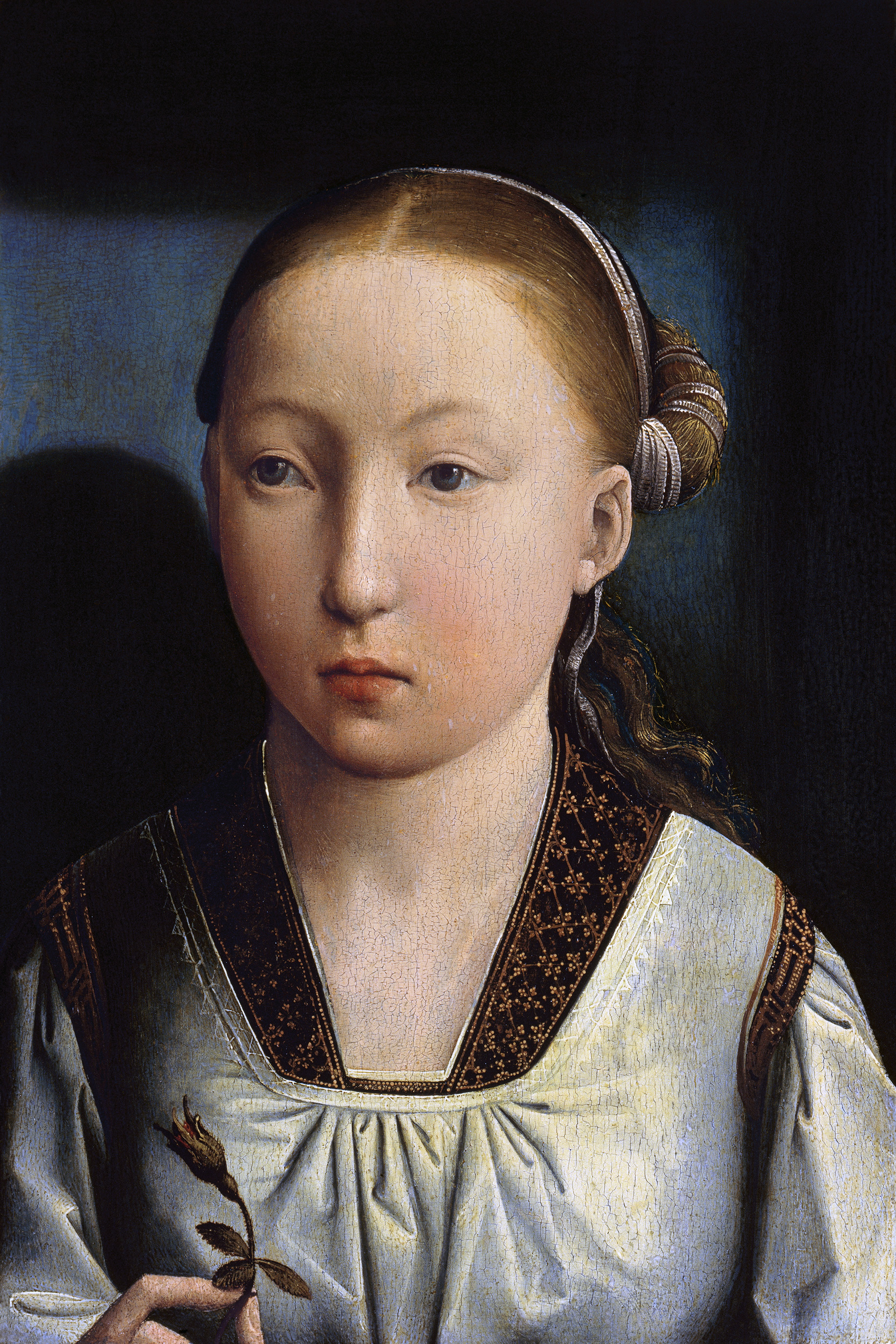|
Nicholas Wilson (parson)
Nicholas Wilson (fl. 1528; died 1548) was an English clergyman who initially refused to accept the Royal Supremacy during the reign of Henry VIII. He was chaplain and confessor to Henry VIII and collated Archdeacon of Oxford in 1528. He was rector of St Thomas the Apostle, London in 1531. According to John Foxe: ''upon the third day of February 534..for the more surety of the crown, to the which every person being of lawful age should be sworn...commissions were sent over all England, to take the oath of all men and women to the act of succession; at which few repined, except Pr. John Fisher, bishop of Rochester; Sir Thomas More Sir Thomas More (7 February 1478 – 6 July 1535), venerated in the Catholic Church as Saint Thomas More, was an English lawyer, judge, social philosopher, author, statesman, theologian, and noted Renaissance humanist. He also served Henry V ..., late lord chancellor; and Dr. Nicholas Wilson, parson of St. Thomas the Apostle's in London.... heywere ... [...More Info...] [...Related Items...] OR: [Wikipedia] [Google] [Baidu] |
Royal Supremacy
The Acts of Supremacy are two acts passed by the Parliament of England in the 16th century that established the English monarchs as the head of the Church of England; two similar laws were passed by the Parliament of Ireland establishing the English monarchs as the head of the Church of Ireland. The 1534 act declared King Henry VIII and his successors as the Supreme Head of the Church, replacing the Pope. This first act was repealed during the reign of the Catholic Queen Mary I. The 1558 act declared Queen Elizabeth I and her successors the Supreme Governor of the Church, a title that the British monarch still holds. Royal supremacy is specifically used to describe the legal sovereignty of the king (i.e., civil law) over the law of the Church in England. First Act of Supremacy 1534 The first Act of Supremacy, passed on 3 November 1534 ( 26 Hen. 8. c. 1) by the Parliament of England was one of the first major events in the English Reformation. It granted King Henry VIII of ... [...More Info...] [...Related Items...] OR: [Wikipedia] [Google] [Baidu] |
Henry VIII
Henry VIII (28 June 149128 January 1547) was King of England from 22 April 1509 until his death in 1547. Henry is known for his Wives of Henry VIII, six marriages and his efforts to have his first marriage (to Catherine of Aragon) annulled. His disagreement with Pope Clement VII about such an annulment led Henry to initiate the English Reformation, separating the Church of England from papal authority. He appointed himself Supreme Head of the Church of England and dissolution of the monasteries, dissolved convents and monasteries, for which he was List of people excommunicated by the Catholic Church, excommunicated by the pope. Born in Greenwich, Henry brought radical changes to the Constitution of England, expanding royal power and ushering in the theory of the divine right of kings in opposition to papal supremacy. He frequently used charges of treason and heresy to quell dissent, and those accused were often executed without a formal trial using bills of attainder. He achi ... [...More Info...] [...Related Items...] OR: [Wikipedia] [Google] [Baidu] |
Archdeacon Of Oxford
The Archdeacon of Oxford is a senior ecclesiastical officer in the Diocese of Oxford, Church of England, England. The office responsibility includes the care of clergy and church buildings within the area of the ''Archdeaconry of Oxford.'' History The first archdeacon of Oxford is recorded before 1092 – around the time when archdeacons were first appointed across England – in the Diocese of Lincoln. He was one of eight archdeacons appointed by the bishop: Archdeacon of Lincoln, Lincoln, Archdeacon of Huntingdon, Huntingdon, Archdeacon of Northampton, Northampton, Archdeacon of Leicester, Leicester, Archdeacon of Buckingham, Buckingham, Archdeacon of Bedford, Bedford and Archdeacon of Stow, Stow. In the Henrican Reorganization, the archdeaconry was transferred to the newly-erected Diocese of Oxford in 1546. On 1 March 2014, the Archdeaconry of Oxford was split to create the new Archdeaconry of Dorchester; [...More Info...] [...Related Items...] OR: [Wikipedia] [Google] [Baidu] |
John Foxe
John Foxe (1516/1517 – 18 April 1587) was an English clergyman, theologian, and historian, notable for his martyrology '' Foxe's Book of Martyrs'', telling of Christian martyrs throughout Western history, but particularly the sufferings of English Protestants and proto-Protestants from the 14th century and in the reign of Mary I. The book was widely owned and read by English Puritans and helped to mould British opinion on the Catholic Church for several centuries. Education Foxe was born in Boston, in Lincolnshire, England, of a middlingly prominent family and seems to have been an unusually studious and devout child. In about 1534, when he was about 16, he entered Brasenose College, Oxford, where he was the pupil of John Hawarden (or Harding), a fellow of the college. In 1535 Foxe was admitted to Magdalen College School, where he may either have been improving his Latin or acting as a junior instructor. He became a probationer fellow in July 1538 and a full fellow the foll ... [...More Info...] [...Related Items...] OR: [Wikipedia] [Google] [Baidu] |
John Fisher
John Fisher (c. 19 October 1469 – 22 June 1535) was an English Catholic prelate who served as Bishop of Rochester from 1504 to 1535 and as chancellor of the University of Cambridge. He is honoured as a martyr and saint by the Catholic Church. Fisher was executed by order of Henry VIII during the English Reformation for refusing to accept him as Supreme Head of the Church of England and for upholding the Catholic Church's doctrine of papal supremacy. He was named a cardinal shortly before his death. In answer to a popular petition of English Catholics, Pope Pius XI canonized John Fisher and Thomas More on 19 May 1935 as representatives of the many Catholic martyrs of England. The two martyrs share a common feast day on 22 June in the current General Roman Calendar of the Catholic Church. His name also appears in some Anglican calendars of saints. Biography Early life John Fisher was born at Beverley, Yorkshire in 1469, the son of Robert Fisher, a prosperous mercer of ... [...More Info...] [...Related Items...] OR: [Wikipedia] [Google] [Baidu] |
Sir Thomas More
Sir Thomas More (7 February 1478 – 6 July 1535), venerated in the Catholic Church as Saint Thomas More, was an English lawyer, judge, social philosopher, author, statesman, theologian, and noted Renaissance humanist. He also served Henry VIII as Lord Chancellor from October 1529 to May 1532. He wrote ''Utopia'', published in 1516, which describes the political system of an imaginary island state. More opposed the Protestant Reformation, directing polemics against the theology of Martin Luther, Huldrych Zwingli and William Tyndale. More also opposed Henry VIII's separation from the Catholic Church, refusing to acknowledge Henry as supreme head of the Church of England and the annulment of his marriage to Catherine of Aragon. After refusing to take the Oath of Supremacy, he was convicted of treason on what he stated was false evidence, and was executed. At his execution, he was reported to have said: "I die the King's good servant, and God's first." Pope Pius XI canoni ... [...More Info...] [...Related Items...] OR: [Wikipedia] [Google] [Baidu] |
Katherine Of Aragon
Catherine of Aragon (also spelt as Katherine, historical Spanish: , now: ; 16 December 1485 – 7 January 1536) was Queen of England as the first wife of King Henry VIII from their marriage on 11 June 1509 until its annulment on 23 May 1533. She was Princess of Wales while married to Henry's elder brother, Arthur, Prince of Wales, for a short period before his death. Catherine was born at the Archbishop's Palace of Alcalá de Henares, and was the youngest child of Isabella I of Castile and Ferdinand II of Aragon. She was three years old when she was betrothed to Arthur, the eldest son of Henry VII of England. They married in 1501, but Arthur died five months later. Catherine spent years in limbo, and during this time, she held the position of ambassador of the Aragonese crown to England in 1507, the first known female ambassador in European history. She married Henry VIII shortly after his accession in 1509. For six months in 1513, she served as regent of England wh ... [...More Info...] [...Related Items...] OR: [Wikipedia] [Google] [Baidu] |
Year Of Birth Missing
A year is a unit of time based on how long it takes the Earth to orbit the Sun. In scientific use, the tropical year (approximately 365 solar days, 5 hours, 48 minutes, 45 seconds) and the sidereal year (about 20 minutes longer) are more exact. The modern calendar year, as reckoned according to the Gregorian calendar, approximates the tropical year by using a system of leap years. The term 'year' is also used to indicate other periods of roughly similar duration, such as the lunar year (a roughly 354-day cycle of twelve of the Moon's phasessee lunar calendar), as well as periods loosely associated with the calendar or astronomical year, such as the seasonal year, the fiscal year, the academic year, etc. Due to the Earth's axial tilt, the course of a year sees the passing of the seasons, marked by changes in weather, the hours of daylight, and, consequently, vegetation and soil fertility. In temperate and subpolar regions around the planet, four seasons are ... [...More Info...] [...Related Items...] OR: [Wikipedia] [Google] [Baidu] |
16th-century English Clergy
The 16th century began with the Julian year 1501 (represented by the Roman numerals MDI) and ended with either the Julian or the Gregorian year 1600 (MDC), depending on the reckoning used (the Gregorian calendar introduced a lapse of 10 days in October 1582). The Renaissance in Italy and Europe saw the emergence of important artists, authors and scientists, and led to the foundation of important subjects which include accounting and political science. Copernicus proposed the heliocentric universe, which was met with strong resistance, and Tycho Brahe refuted the theory of celestial spheres through observational measurement of the 1572 appearance of a Milky Way supernova. These events directly challenged the long-held notion of an immutable universe supported by Ptolemy and Aristotle, and led to major revolutions in astronomy and science. Galileo Galilei became a champion of the new sciences, invented the first thermometer and made substantial contributions in the fields of phy ... [...More Info...] [...Related Items...] OR: [Wikipedia] [Google] [Baidu] |
Prisoners In The Tower Of London
A prisoner, also known as an inmate or detainee, is a person who is deprived of liberty against their will. This can be by confinement or captivity in a prison or physical restraint. The term usually applies to one serving a sentence in prison. English law "Prisoner" is a legal term for a person who is imprisoned. In section 1 of the Prison Security Act 1992, the word "prisoner" means any person for the time being in a prison as a result of any requirement imposed by a court or otherwise that he be detained in legal custody. "Prisoner" was a legal term for a person prosecuted for felony. It was not applicable to a person prosecuted for misdemeanour. The abolition of the distinction between felony and misdemeanour by section 1 of the Criminal Law Act 1967 has rendered this distinction obsolete. Glanville Williams described as "invidious" the practice of using the term "prisoner" in reference to a person who had not been convicted. History The earliest evidence of the exi ... [...More Info...] [...Related Items...] OR: [Wikipedia] [Google] [Baidu] |







